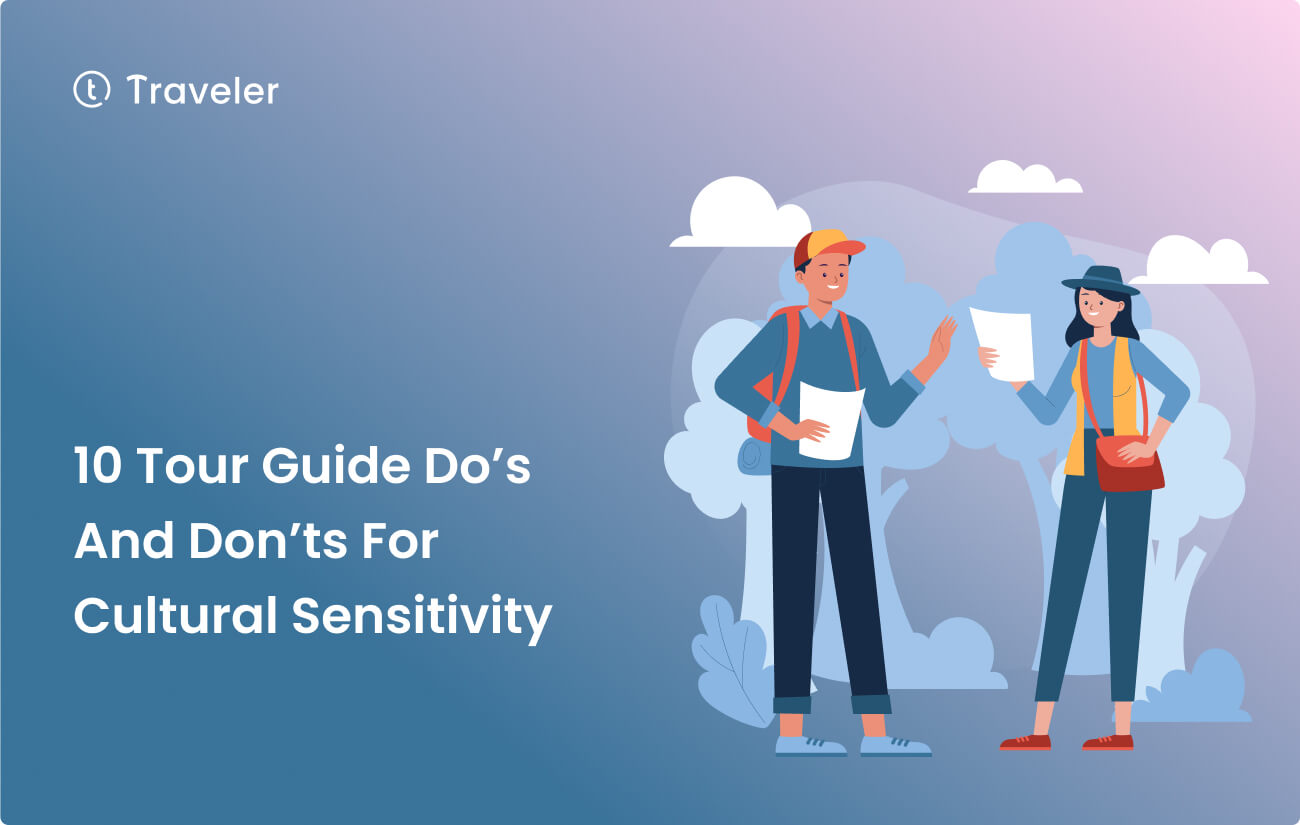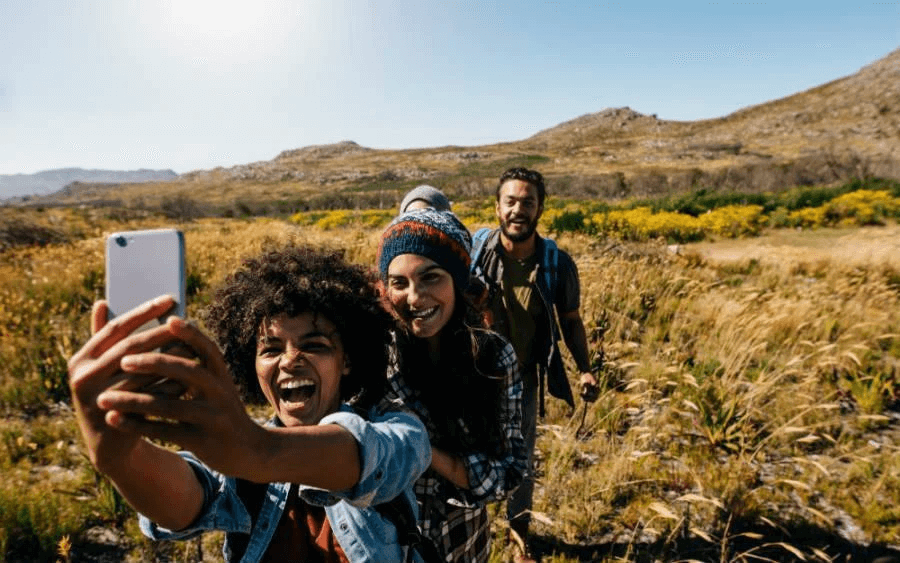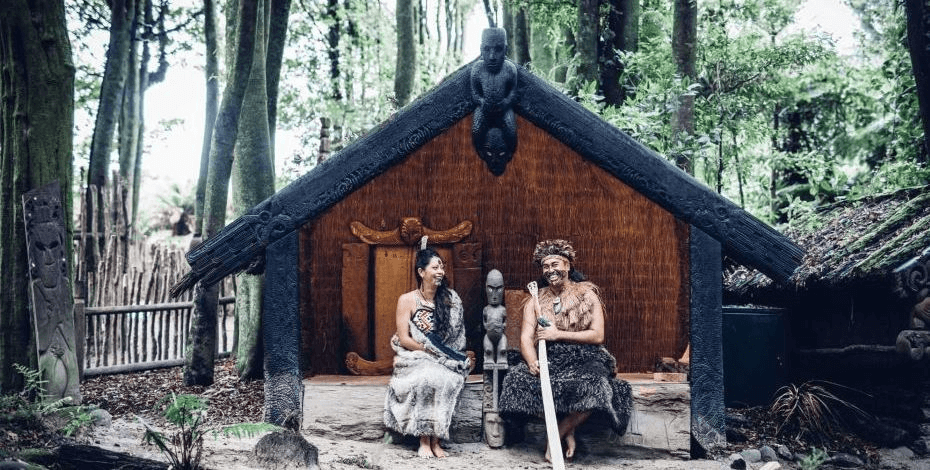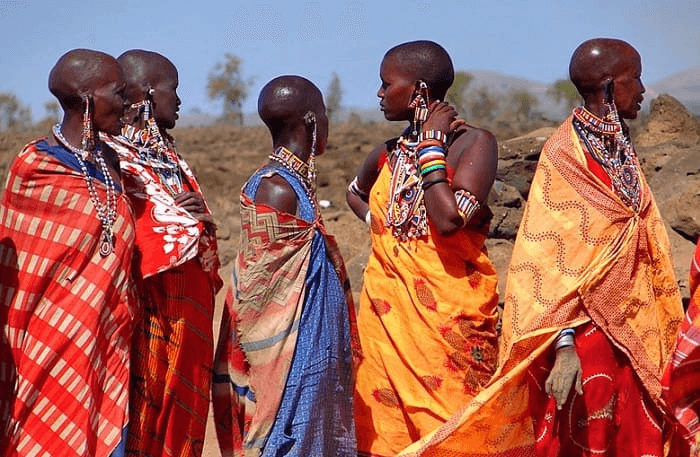
Table of Contents
Cultural sensitivity is respecting and appreciating the diversity of cultures and worldviews. It is also the awareness of how your culture and behavior may affect others. Cultural sensitivity is highly relevant but needs to be more conceptualized in tourism contexts. It is a moral duty and a key factor for successful and sustainable tourism.
As a tour guide, you are responsible for fostering intercultural understanding and exchange between your guests and the local communities you visit. You must also protect the natural and cultural heritage of your showcase destinations.
That’s why we have compiled a list of 10 tour guide do’s and don’ts for cultural sensitivity that will help you enhance your professionalism and performance.
Want to learn more? Keep reading!
The Do's

Now that you know why cultural sensitivity is important for tour guides, let’s look at some things you should do to practice it on your tours.
Here are five do’s that will help you create positive and respectful interactions with your guests and the local people:
- Research the culture before the tour. The first step to being a culturally sensitive tour guide is to learn as much as possible about the culture of your destination. You can read books, watch documentaries, listen to podcasts, or talk to locals who have experience with that culture. You will be able to avoid potential misunderstandings or conflicts arising from cultural differences.
- Dress appropriately. Another way to show respect for the destination’s culture is to dress suitably for the occasion and the environment. You should follow the local dress code and avoid wearing anything that may be considered offensive or inappropriate. For example, some cultures may require you to cover your head, shoulders, or knees when entering a religious site. Others may have different norms for casual or formal attire. You should also dress according to the weather and the destination’s terrain and wear comfortable and practical clothing and footwear.
- Be respectful of local customs and traditions. You should follow the local rules and norms of behavior and avoid doing anything that may be considered rude or disrespectful. For example, some cultures may have different ways of greeting, expressing gratitude, or showing appreciation. Others may view personal space, eye contact, or physical contact differently. You should also respect the local beliefs and practices and avoid making any judgments or criticisms.
- Be open-minded and flexible. Being a tour guide allows you to experience different cultures and perspectives. However, this also means that you may encounter situations that are unfamiliar or challenging. Instead of reacting negatively or defensively, you should be open-minded and flexible. You should embrace the diversity and complexity of the world and learn from every experience. You should also be adaptable and ready to adjust your plans or expectations according to the circumstances.
- Ask permission before taking photos. Taking photos is a common way of capturing memories and sharing experiences with others. However, you should always be respectful and considerate when taking photos of people or places. You should always ask for permission before taking photos of anyone, especially children, elders, or religious figures. You should also respect their wishes if they decline or request a fee.
The Don'ts

While there are many things you should do to be a culturally sensitive tour guide, there are also some things you should avoid doing. Here are five don’ts to help you prevent cultural insensitivity and disrespect on your tours.
- Don’t make assumptions or generalizations. You should never stereotype, label, or treat people as if they are all the same. You should also avoid imposing your values or opinions on others or expecting them to share your views. Instead, you should treat each person individually and be curious and respectful of their differences.
- Don’t touch sacred or religious items. You should also be careful not to disturb any ceremonies or rituals that may be taking place or to enter any restricted areas without permission. You should always follow the local etiquette and rules when visiting religious sites and ask your guests to do the same.
- Don’t make fun of local customs or traditions. You may be tempted to use humor or sarcasm to entertain your guests or to lighten the mood. However, you should be careful not to make fun of any local customs or traditions that may seem strange or funny to you or your guests.
You should never mock or ridicule anything important or meaningful to the local people, such as their clothing, food, music, dance, language, or beliefs. You should also avoid using offensive or inappropriate jokes, gestures, or slang that may hurt someone’s feelings or cause misunderstanding. - Don’t overstep cultural boundaries. You may want to create a friendly and personal rapport with your guests and the local people. However, you should be aware of the cultural boundaries between you and them and not overstep them.
For example, some cultures may have different norms for personal space, eye contact, physical contact, compliments, gifts, tipping, bargaining, or invitations. You should always observe and respect these norms and not invade someone’s privacy or make them uncomfortable. - Avoid discussing sensitive topics. You should provide your guests accurate and relevant information about the destination and its culture. However, you should avoid discussing topics that may be sensitive or controversial for the local people or your guests.
You should also avoid expressing personal opinions or biases on these topics that may offend someone or cause conflict. You should answer neutrally and factually if someone asks you about these topics.
Real-world Examples
Example of a tour guide who showed cultural sensitivity:
A tour guide who led a group of Australian tourists to a Maori village in New Zealand showed cultural sensitivity by learning some basic words and phrases in the Maori language and greeted the villagers with a traditional hongi (nose-to-nose touch).
He explained the meaning and the history of the village and its carvings. He shared some stories and legends from the Maori culture. He asked for permission from the elders before entering the meeting house. He instructed his guests to respect the sacredness of the place.
He also participated in the cultural performance and the hangi (earth oven) feast, encouraging his guests to join. He did not make jokes or comments that might offend or stereotype the Maori. He thanked the villagers for their generosity and gave them a gift as a token of appreciation.

Example of a tour guide who did not show cultural sensitivity:
A tour guide who led a group of German tourists to a Masai village in Kenya did not show cultural sensitivity by doing the following things: He did not research the village’s culture or history before the tour.
He dressed flashy and disrespectfully and did not advise his guests to dress modestly. He treated the village as a tourist attraction and did not explain anything about the Masai culture or lifestyle. He barged into the huts without asking for permission and took photos of the villagers without their consent.
Also, he touched and moved some of their belongings and crafts and tried to haggle for a lower price. He made fun of their clothing, jewelry, and rituals and compared them to animals. He did not thank them for their hospitality and left without giving any tip or donation.

You have a great travel agency website, but do you know how well it’s doing and what your customers are up to? If not, then you need to have marketing and analytics tools that can help you track your website traffic and customer behavior.
Marketing and analytics tools are software solutions that help you monitor your website marketing and analytics. They have features and integrations that help you measure your website success, understand your customer needs, and improve your marketing strategies. We recommend the best marketing and analytics tools for travel agencies are Google Analytics, Hootsuite, and Mailchimp.
